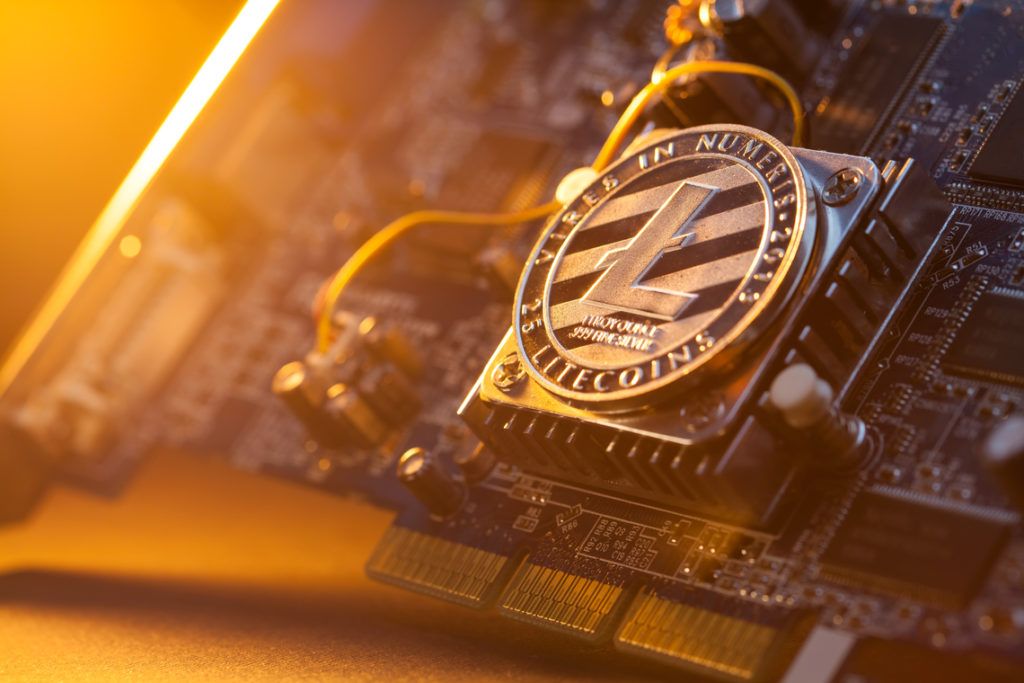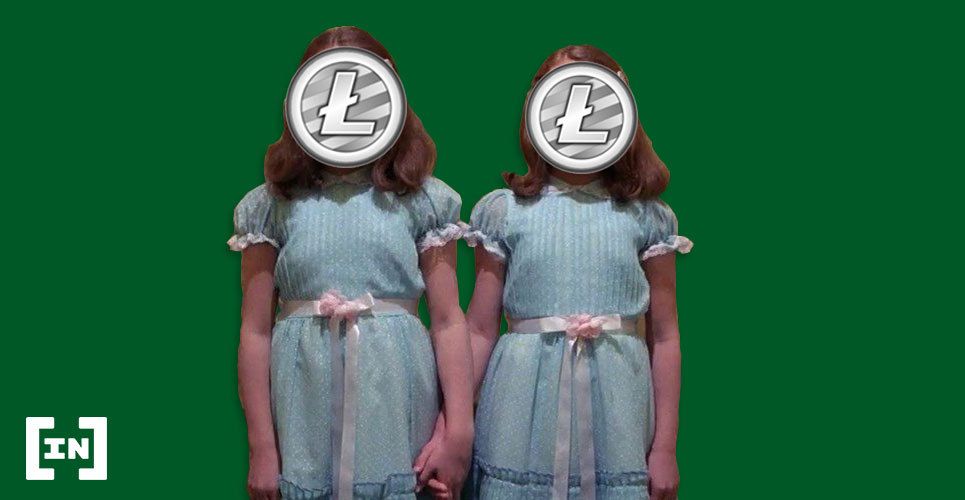On Aug 8, 2019, it is expected that Litecoin (LTC) will undergo its second halving. However, the exact date could be a bit before or after the estimated date depending on the rate at which blocks are added to the LTC blockchain.
Halving is a process designed to control the overall supply and reduce the risk of inflation in cryptocurrencies using a Proof-of-Work (PoW) consensus algorithm. At a predetermined block, the mining reward is cut in half, hence the name ‘halving.’
Halving events can have a number of both positive and negative consequences for miners, investors, and users of LTC or Bitcoin (BTC), which also halves at a determined rate.
PoW Mining
PoW is the original consensus algorithm discussed by Satoshi Nakamoto in the BTC Whitepaper published in 2008. Consensus algorithms are the processes by which transactions are confirmed across a peer-to-peer (P2P) network using distributed ledger technology (DLT). Blockchains are one type of DLT. As a ledger, they include all of the transactions on a network like BTC or LTC. This ledger is distributed to the general public so that no central authority controls it. BTC and LTC are blockchain-based networks which implement a PoW protocol integrated with a reward halving system. To confirm transactions onto the blockchain using PoW, miners compete against each other to solve a mathematical problem (or algorithm). The other nodes on the network must then confirm that the answer is correct. In other words, there must be a consensus. To use an analogy, the miner who first solves the problem must write the answer on the chalkboard and show how he arrived at it. Then the rest of the class must confirm that the student, or miner, solved the problem correctly.
Halving The Miner’s Reward
When consensus is reached, the miner who solved the algorithm correctly first gets a reward. This reward decreases by half over time as part of a scheduled system. LTC and BTC both have a limited supply of coins that will be mined, which means that the miner’s reward must eventually reach zero. LTC’s total supply will be reached when 84 million coins have been distributed. It halves every 840,000 blocks and will continue to do so until all coins are mined. Only 21 million BTC are scheduled for production on the other hand, with a halving occurring every 210,000 blocks. LTC first halved on Aug 25, 2015. BTC, however, experienced its first halving on Nov 28, 2012. In both instances, the reward of 50 coins dropped to 25. BTC halved a second time on July 9, 2016, when the reward fell to 12.5 BTC. This will become the value of the miner’s reward for Litecoin miners after LTC’s second halving in August. At the current rate of mining, halving for both BTC and LTC should occur approximately every four years. [bctt tweet=”If the reward for mining is cut in half, this means the revenue which a miner can bring in from mining drops similarly. This may disincentivize miners to continue mining. ” username=”beincrypto”]Why Keep Mining?
If the reward for mining is cut in half, this means the revenue which a miner can bring in from mining drops similarly. This may disincentivize miners to continue mining. However, miners also profit from the transaction fees received from each transaction that is mined. When there are no more coins to be mined, the only reward for the miners will be derived from transaction fees. Future transaction fees may not, however, allow the same level of earnings as the current mining reward schedule. As the mining reward continues to be halved, do you think mining will still remain a good means of making money? Let us know your thoughts in the comments below!
As the mining reward continues to be halved, do you think mining will still remain a good means of making money? Let us know your thoughts in the comments below!
Top crypto platforms in the US
Disclaimer
In adherence to the Trust Project guidelines, BeInCrypto is committed to unbiased, transparent reporting. This news article aims to provide accurate, timely information. However, readers are advised to verify facts independently and consult with a professional before making any decisions based on this content. Please note that our Terms and Conditions, Privacy Policy, and Disclaimers have been updated.

Alexander Fred
Global AI, Data Science, and Blockchain expert. Alexander writes for BeInCrypto where he completes technical analyses of various alt-coins and qualitative commentary and analysis about various cryptoassets and their potential for social integration.
Global AI, Data Science, and Blockchain expert. Alexander writes for BeInCrypto where he completes technical analyses of various alt-coins and qualitative commentary and analysis about various cryptoassets and their potential for social integration.
READ FULL BIO
Sponsored
Sponsored

